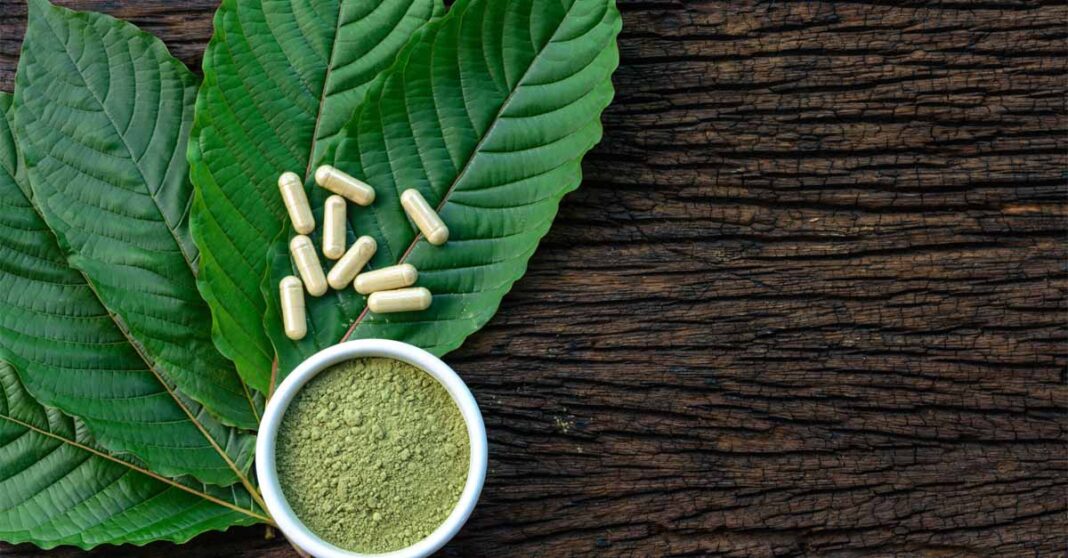Despite an official ban on Kratom (Mitragyna speciosa), a tree native to Southeast Asia, contains mitragynine, a chemical similar to opioids like morphine in Laos, the plant remains a significant issue, with recent arrests shedding light on its continued illegal use and sale.
On 4 March, the Khammouane Province’s police detained 13 individuals for possessing Kratom leaves and liquid, allegedly for sale.
In a separate incident in Savannakhet last month, 20 teenagers were arrested for consuming Kratom mixed with collagen.
Despite initial concerns, both incidents concluded with the officers reprimanding the wrongdoers for their violations, issuing them written warnings, and explaining the law alongside the consequences of addiction to the chemicals found in certain plant species.
In Laos, the Ministry of Health has implemented strict laws prohibiting the cultivation, possession, purchase, sale, processing, and storage of Kratom, as well as its importation or supply.
When taken in small doses, kratom can boost energy, sociability, and alertness. Larger amounts, however, can lead to effects akin to those of opioids, including sedation, intense pleasure, and reduced pain perception.
The prevalence of Kratom in Laos is evident, with Lao residents forming a Facebook group dedicated to Kratom, boasting over 14,000 members. This group acts as a central platform for individuals to promote and sell various Kratom products, ranging from Kratom leaves to drinks and medicine.
The use of Kratom also sparked a debate on social media in 2022 when a couple in Houaphan Province was arrested for selling Kratom tea, leading to questions about the severity of the punishment compared to other crimes. Some social media users argue that Kratom is not as dangerous as authorities claim, pointing to its legality in Thailand and its use as a herbal medicine.
In 2021, Thailand passed the updated Narcotics Act, removing Kratom from the list of prohibited substances, citing its cultural significance. This move contrasts with Laos’ approach, indicating differing attitudes towards Kratom in the region.
Despite ongoing arrests and efforts to curb its use, Kratom remains a contentious issue in Laos. While some argue for its medicinal benefits and cultural significance, authorities continue to enforce strict laws against its possession and sale. The debate surrounding Kratom’s legality and safety is likely to persist as authorities navigate the complexities of regulating its use in the country.



